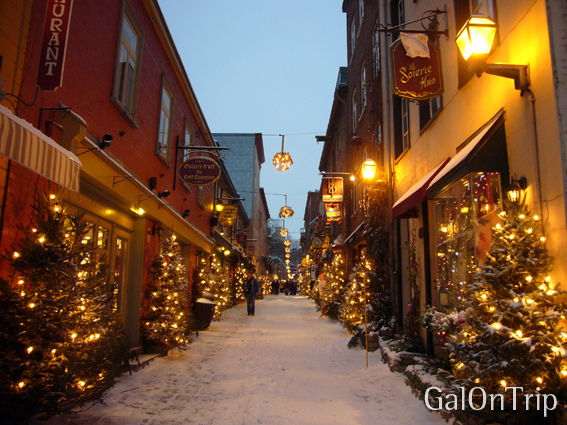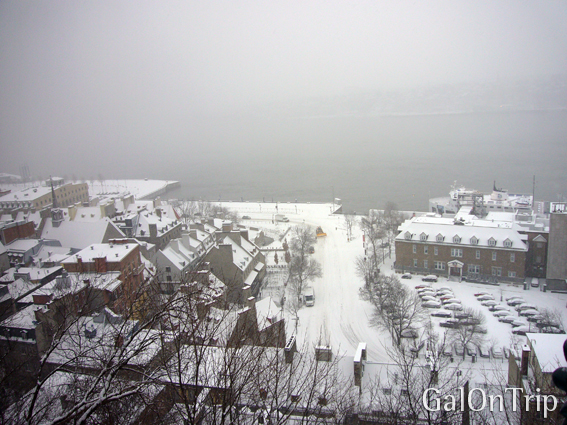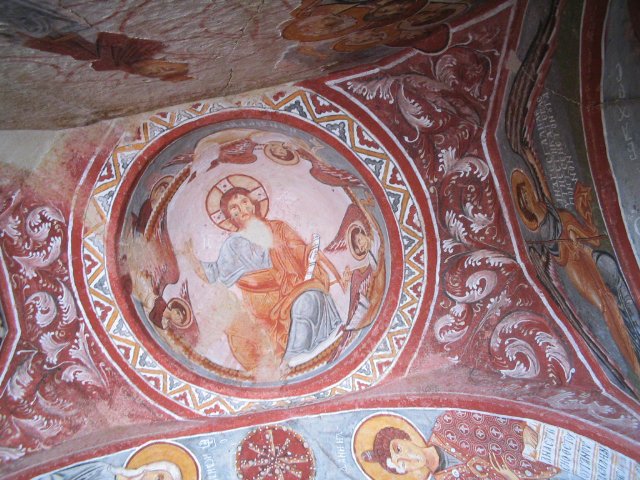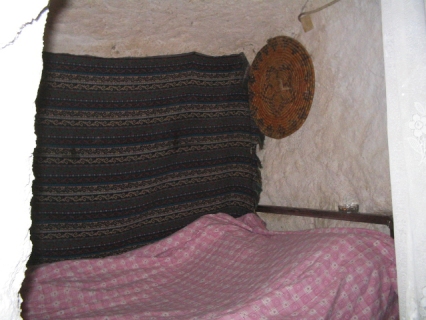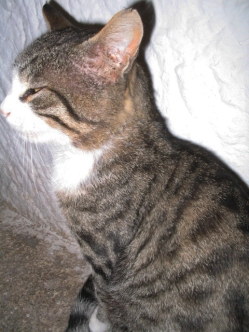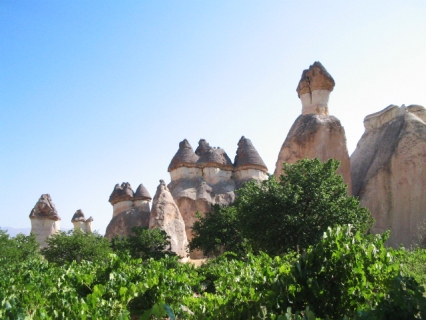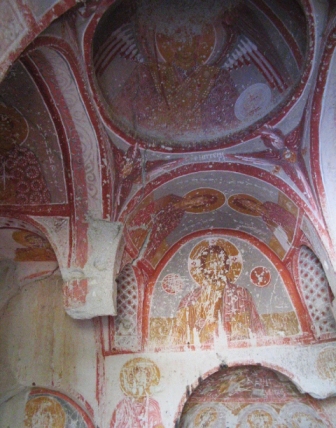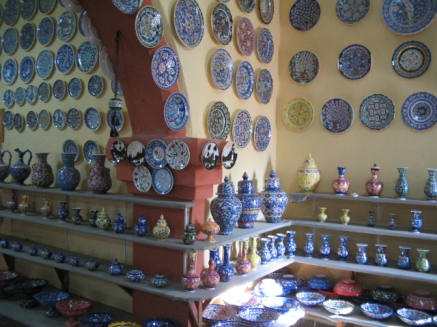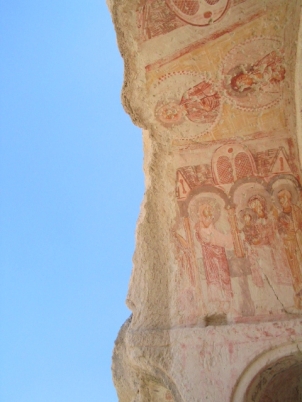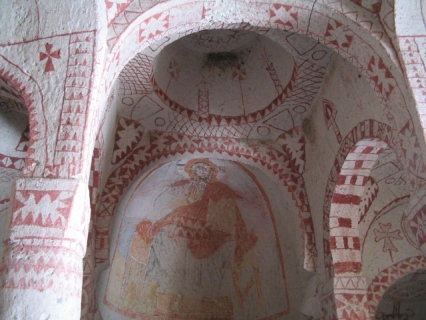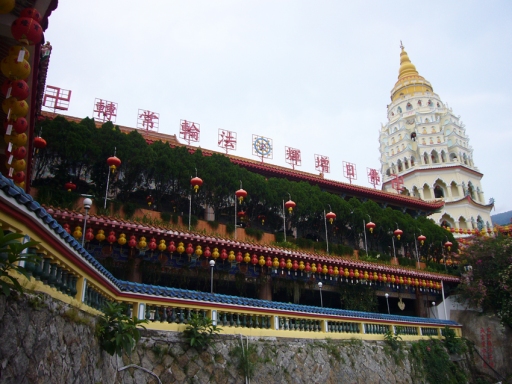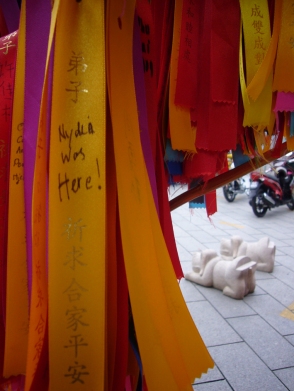Commemorating my first time to be a travel blogger, hereby I republish my first post, coincidentally related to the year-end holiday season. Staying at home this year, there are several things I miss much on Christmas: snow and scenic main streets with tons of decorated pine trees, retail stores and houses.
AMERICA’S EUROPE, CANADA’S SPECIALTY
A week before Christmas, the French-oriented city welcomed us with its first day of snow, that should have fallen earlier years before, with -8 degrees Celsius as we headed to Vieux Québec, the oldest part of Quebec City listed as one of the World Heritage Sites by UNESCO. I love the rooftops and streets covered with snow!


Departing from Toronto, Quebec City brought us to European atmosphere we have never felt before in American continent. The city is definitely Canada’s specialty. All inhabitants are francophone. French announcements are mentioned at the first place before English. All signboards at museums, restaurants, airport, highways, and shops are written in French with English translations below in a smaller font size. Historical buildings, old churches and houses that have been dominating the city landscape since over 400 years ago remain beautiful and intact.
BED AND BREAKFAST WITH A TRACE OF HISTORY

Holiday season wasn’t for everyone yet. Activities at some schools and offices were still running as usual. We were the only guests at La Marquise de Bassano Bed and Breakfast, that used to be the residence of a prominent woman in Quebec province, Francine McKenzie. After McKenzie’s passing, her son Francis and his ex-wife Véronique turned the family house into a B&B. In fact, you can find a few traces of history there. For instance, the gold coloured heater and the wood used in the living room are exactly the same type as those at Château Frontenac.

Fairmont Le Chateau Frontenac is situated less than five minutes walking distance from the B&B. Having resemblance of middle-aged castles, anyone could misunderstood the most grandiose landmark in town as a king’s castle transformed into a hotel. The château has been opening for public since the late 19th century, targeting on luxury travelers all around the world.


The little old town “dressed up ” to the maximum with decorated Christmas trees and lavish ornaments on every façade of boutiques, restaurants and cafés, especially at Petit Champlain in downtown (base-ville) Quebec. No matter how often I visit Europe, it’s still one of my favourite Christmas towns. Breathtaking!



The fresco at Lush Handmade Cosmetics store was super awesome. “Vous avez l’idée?” greeted the Lush lady when we entered the store. Literally means “Do you have an idea?”, I was just not accustomed to another French way of greeting besides “bonjour”. But I finally had an idea to treat myself by purchasing its R&B Revive and Balance Hair Moisturizer as I couldn’t get enough of the refreshing scent and instant smoothness in my hair seconds after applying the tester!



TABLE D’HÔTE AND MAPLE-BASED CULINARY
Many working class people bring their own lunch to save their living course. To encourage more customers to eat out more often during lunch time, most restaurants offer table d’hôte or so-called menu midi section aka set menu. The chosen meals are either taken from certain à la carte menus or created purposely for table d’hôte, served with free soup and tea or coffee. Table d’hôte at Conti Caffé, an Italian restaurant closed to the B&B, was highly recommended for price and quality wise. The beef steak, stewed beef and the dessert were two thumps up!

Nothing is more Canadian than a maple leaf. Menus that came with the word “maple” or l’érable in French triggered my curiosity unless something too ordinary like “Pancake in Maple Syrup”. I ordered pork leg steak with maple sauce served with pasta and vegetables at Le Cochon Dingue, a restaurant specialised in pork dishes at Petit Champlain. I never regret not getting free soup and coffee or tea since it wasn’t listed on table d’hôte. It was a sweet surrender!
Véronique made a very nice home made muffin (kind of, don’t know what it’s called), with a glimpse of maple syrup flavour, topped with fresh blueberry jam for breakfast in our last day. Moreover, we loved the strong egg flavour in the cake. Merci beaucoup! Thanks for making us feel like Canadians!
By the way, I noticed something odd about this Vieux Québec. If Americans have Starbucks, Canadians have Tim Horton. But why couldn’t I find Tim Horton when I could find Starbucks and McDonald’s?

SNEAKERS: A BIG NO NO!
Sneakers are very comfortable, but cannot keep the feet warm and the soles are not suitable for icy streets and stairs! We had to walk very very slowly; so slowly that turtles could beat us on marathon. Our feet nearly froze every two hours. Entering boutiques or museums was a must to warm them up, otherwise we wouldn’t be able to continue our journey. Luckily, it was Tuesday where there are three museums with free entrance, including Musée de la Civilisation. A pretty nice place exhibiting local Quebec history and temporarily displayed Roman Empire artifacts, by the way. So why not?
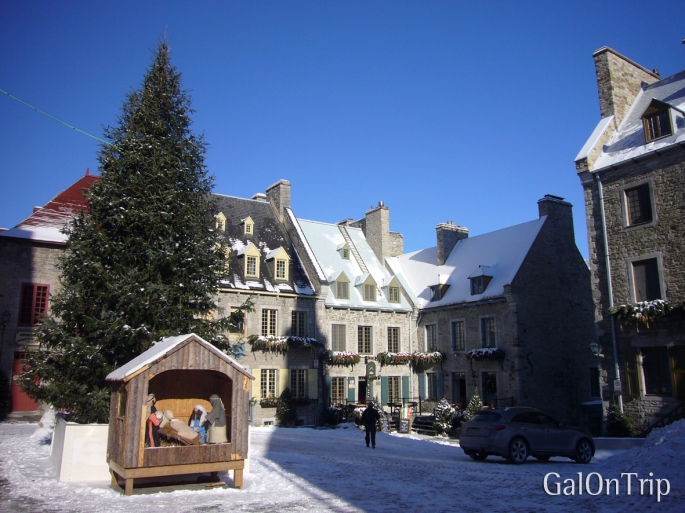
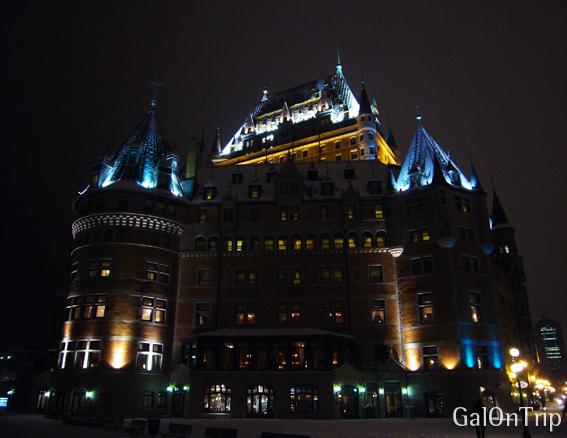
Going to Marché du Vieux Port to see the Christmas market selling maple-based delicacies, wines and deli products, was the peak of our “painful” journey. Getting lost, taking the wrong way and almost falling down from the steepest and the most slippery road proved it all.
Véronique shared her instant tricks to solve extreme coldness on the feet: put toe warmers, that last for six hours and disposable, inside the shoes. If it’s not enough, wrap your feet (socks on) with plastic bags before wearing shoes. I’m no stranger to cold weather, but I never knew these tricks until she told us.
Unfortunately, toe warmers didn’t work with my mom’s shoes because the front part of the sole was slightly detached and the snow penetrated inside. Plastic bags worked better for her. Ehm…..I regret lending her those shoes because it was unexpectedly turn that bad in Quebec! Next day, Véronique put them in the dryer for about ten minutes. The shoes slightly shrunk, but at least they dried and still wearable.
A LA PROCHAINE?
Getting in the taxi to the airport signified the end of our trip. Ironically, the city became a bit more crowded by the time we had to leave for Toronto. The man behind the wheels loves storytelling, embracing his excitement with his job, ” Many people say that being a taxi driver is a stupid job, but not for me. What kind of job that allow you to meet new people and go to several places in a day everyday? Isn’t it great?”

He’s a Tunisian origin, who speaks seven languages and has finally found his home in Québec since 37 years ago. As he gets older, he decided to retire from being a government official to become a taxi driver. He continued, “The government does not issue taxi licence any longer because there are more than enough taxis in Quebec. To become a driver, I had to take over someone else’s taxi licence and spent $150,000 for it!”

Quebec City, in his point of view, is a peaceful city with no restricted areas to walk at night and almost no racism issue. Furthermore, the locals are now “go international” with excellent English skills without leaving their first language behind and has no language pride overdose syndrome. He advised us to experience heaven on earth in Quebec at summer time, where flowers flourish beautifully in parks and everyone can enjoy various events and live music performances every week.
I don’t know whether I should say “Au revoir” (good bye) or “À la prochaine” (see you next time) when our flight took off leaving Jean- Lesage Airport. Vous avez l’idée? Should we go back for summer? Peut-être ça sera une bonne idée…

